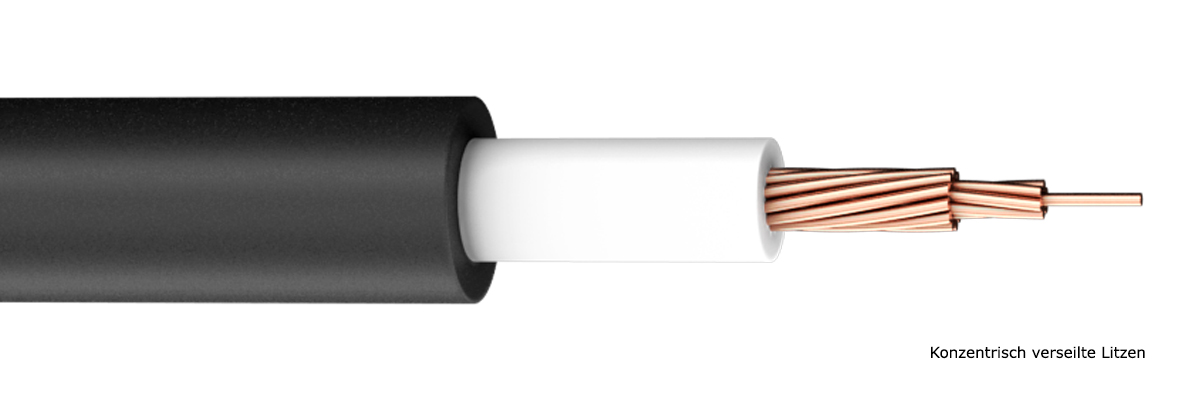
It is not easy to answer this question, because not only a low capacity is important for the sound of a guitar cable, but the entire cable construction must be considered.
A guitar cable can have an extremely low capacitive value and still sound “faint“ or flat This often is the case if the individual litz is stranded parallel instead of concentric (as is the case e.g. at Sommer cable). Parallel stranded litz not only have too small a conductive surface, but also breaks real fast. Too small a conductive surface is even noticeable on a bass cable: It transmits the typical deep sounds, but will be missing the all important “attack“ and the dynamics.
The insulation material on guitar cables with an almost unbelievably low capacitive values is often very highly foamed. But highly foamed insulation material is very sensitive to pressure and looses stability after having been wound only a few times (i.e. after each gig). The capacitive values thus increase. To avoid this effect, Sommer cable uses an especially robust and lacquered insulation material to finish off porous surfaces. Cable manufacturers have to find a compromise between good electrical values and continuous stability for insulation and jacket.
If merely the capacity is considered, the cable would have to be 30 cm long, which would not be very practical. The solution: Testing the sound or sound characteristics of different cables and selecting the shortest available cable length for the selected version (mostly 3.0 m or 4.5 m) – just to be on the safe side.
